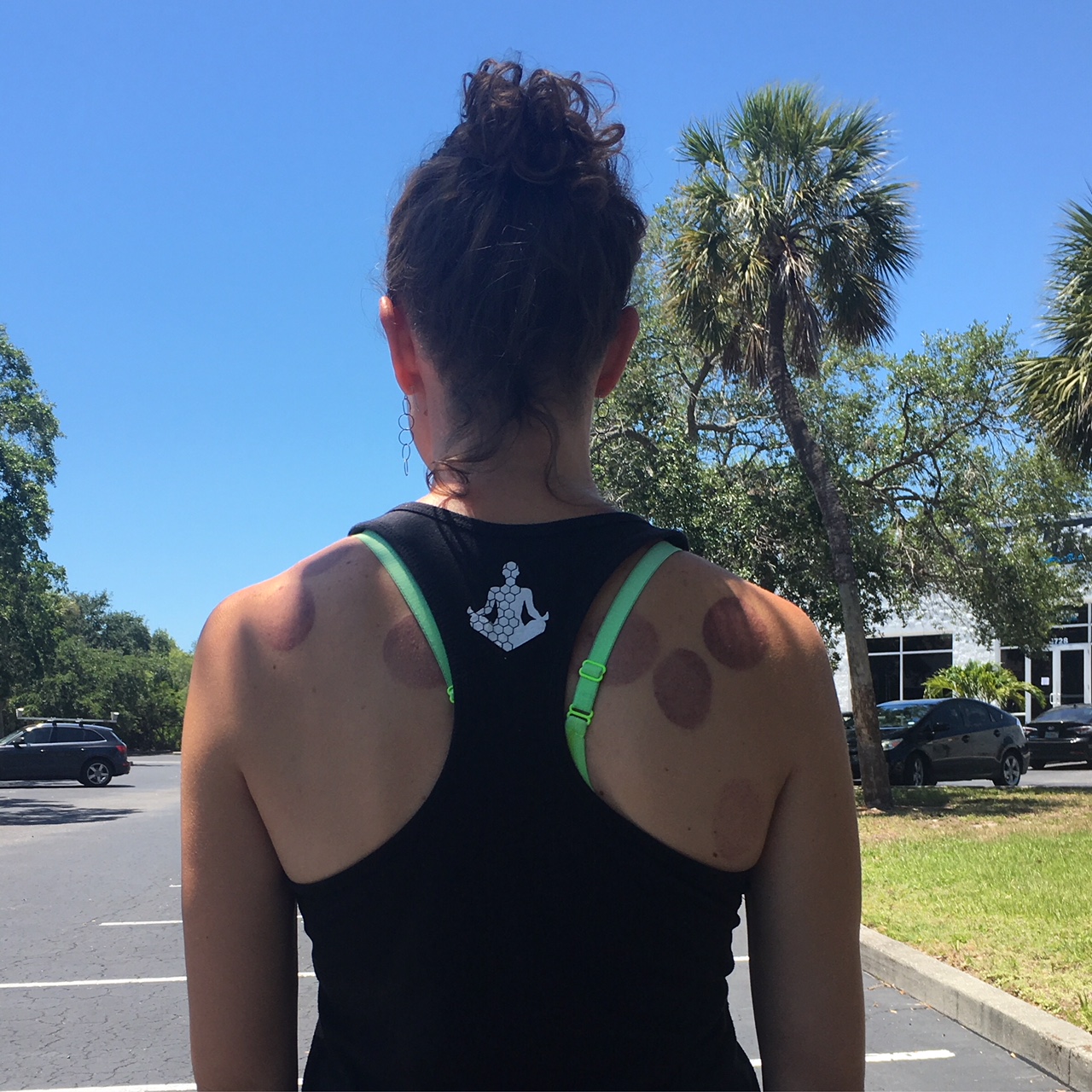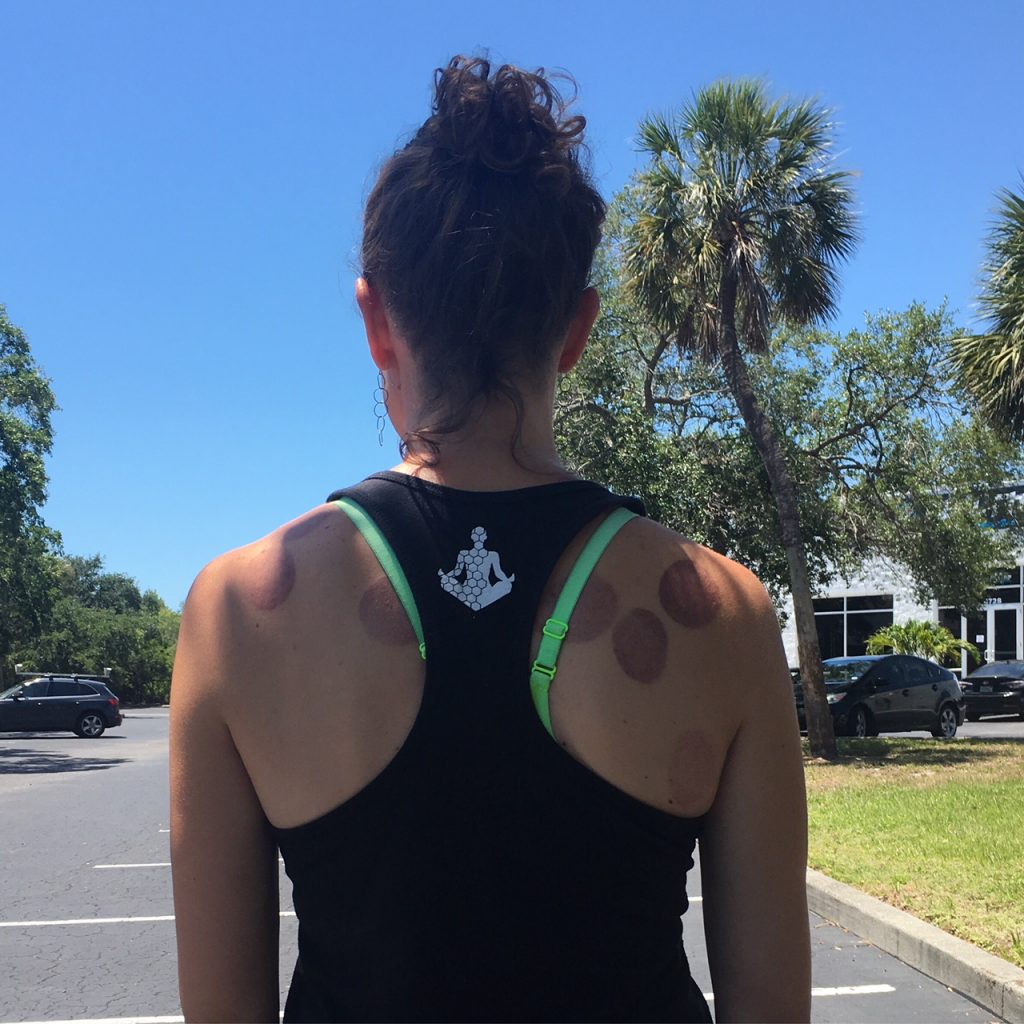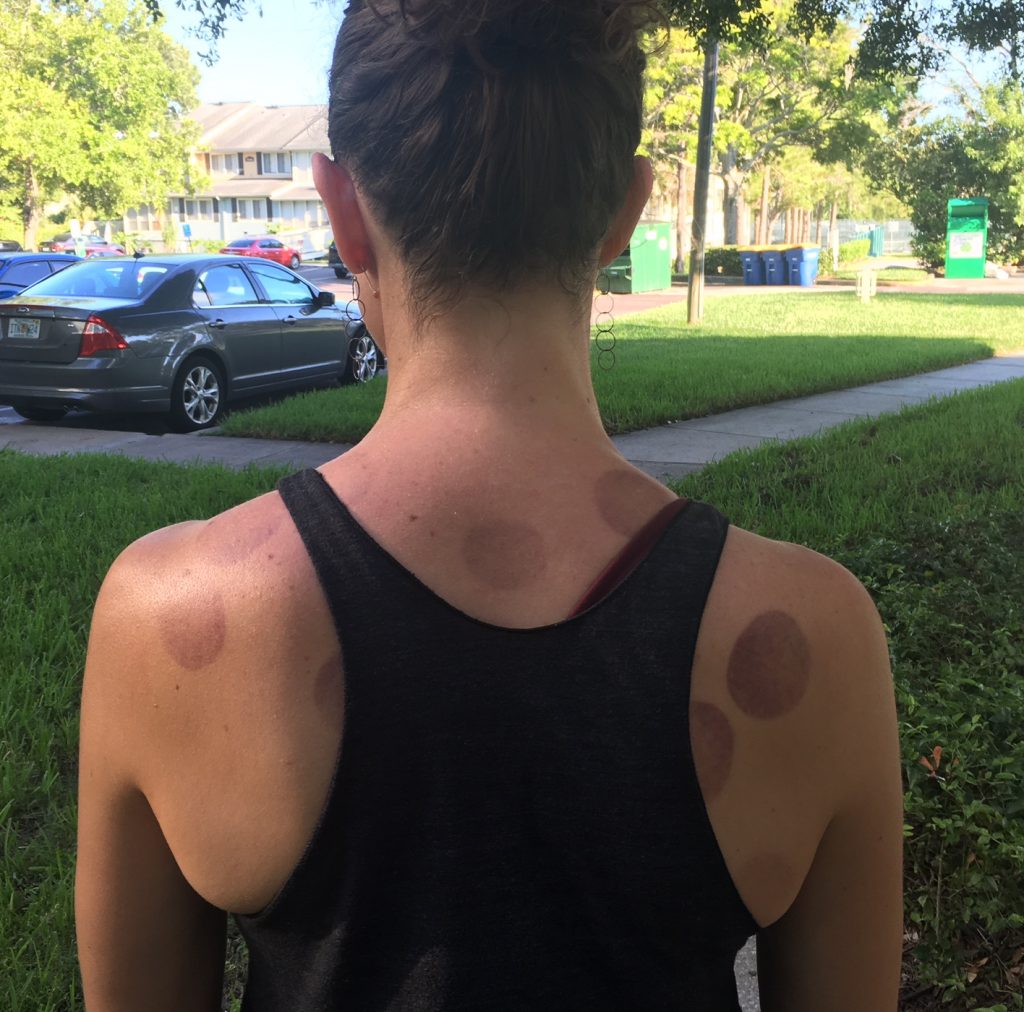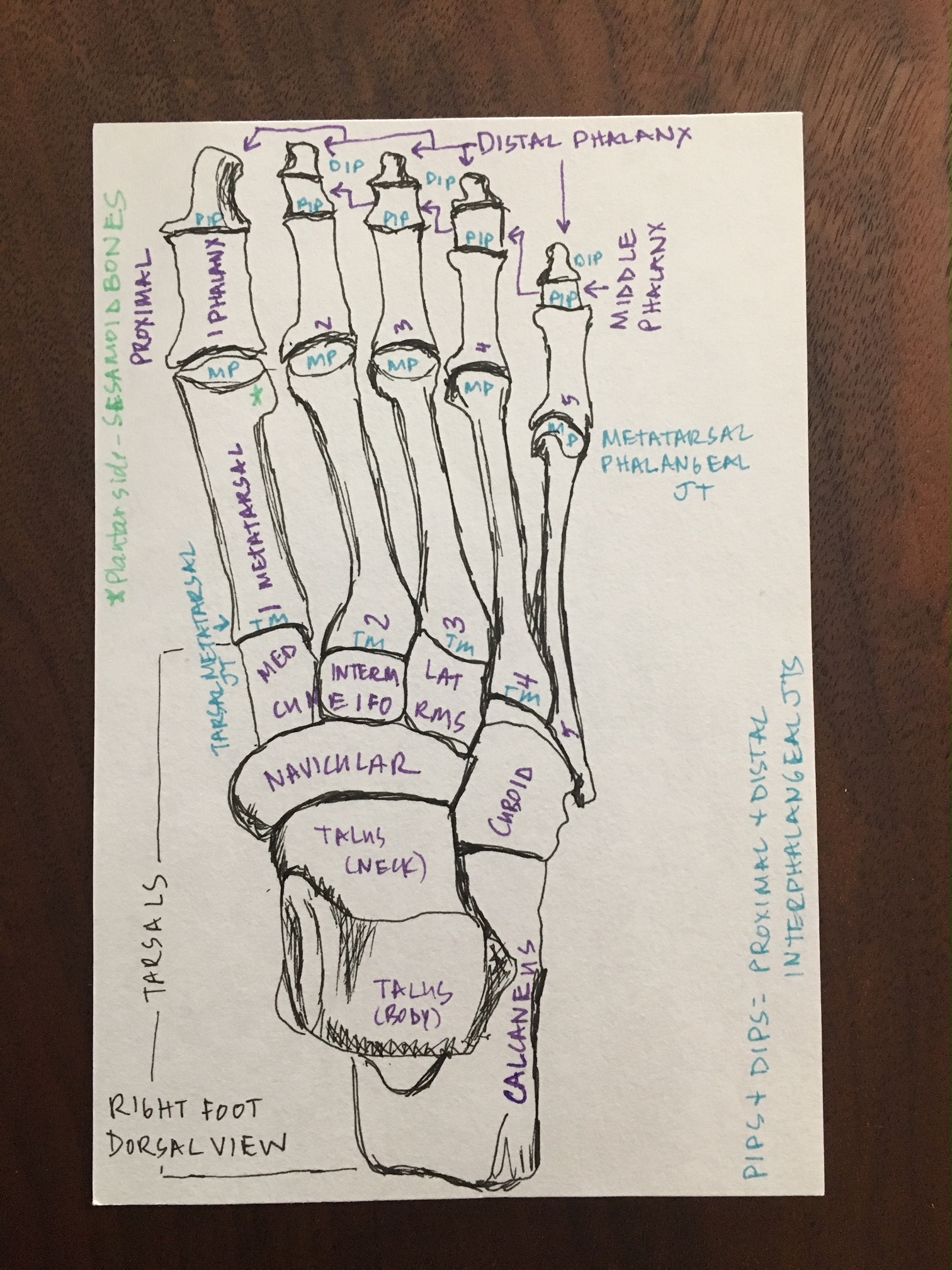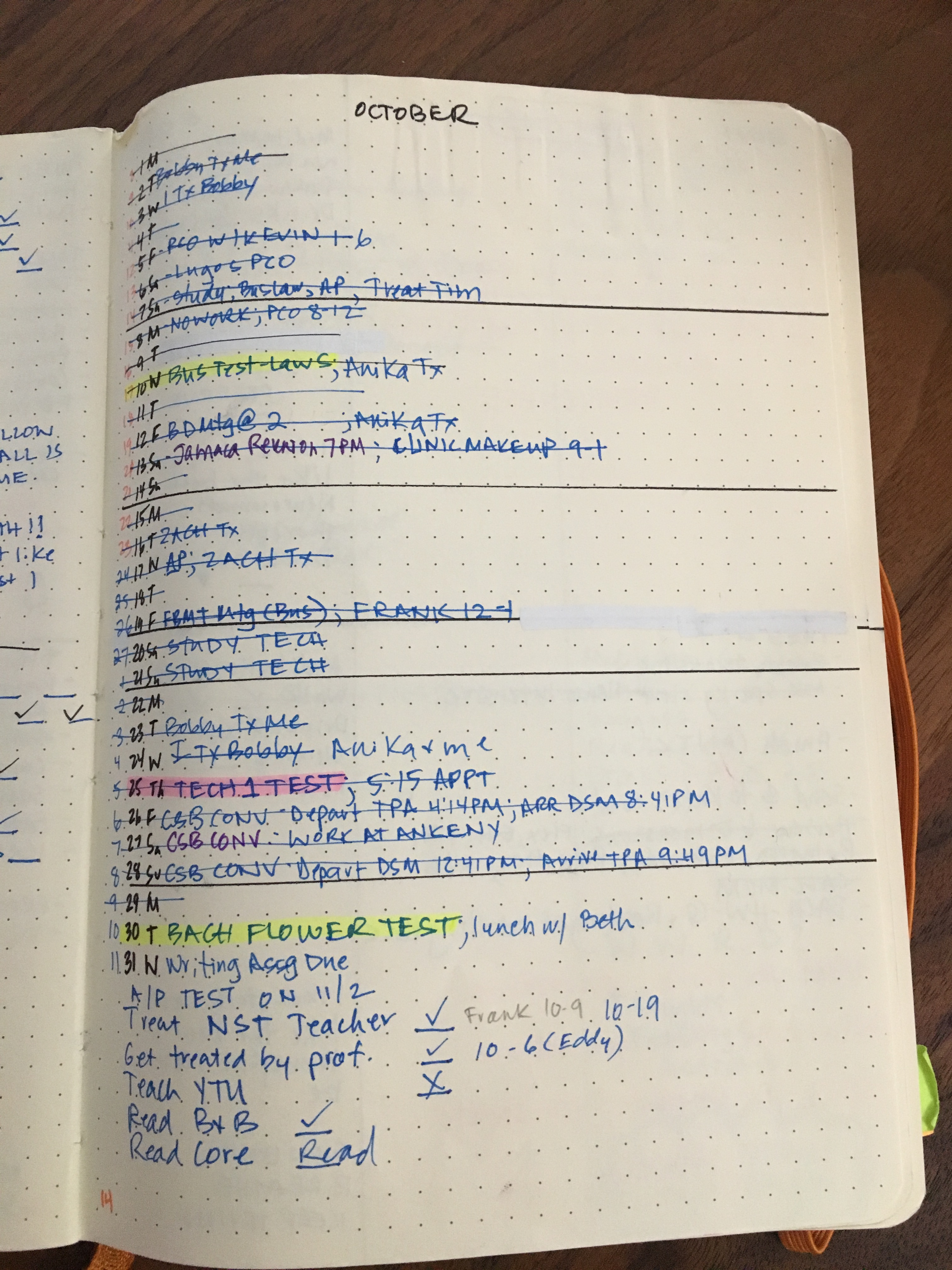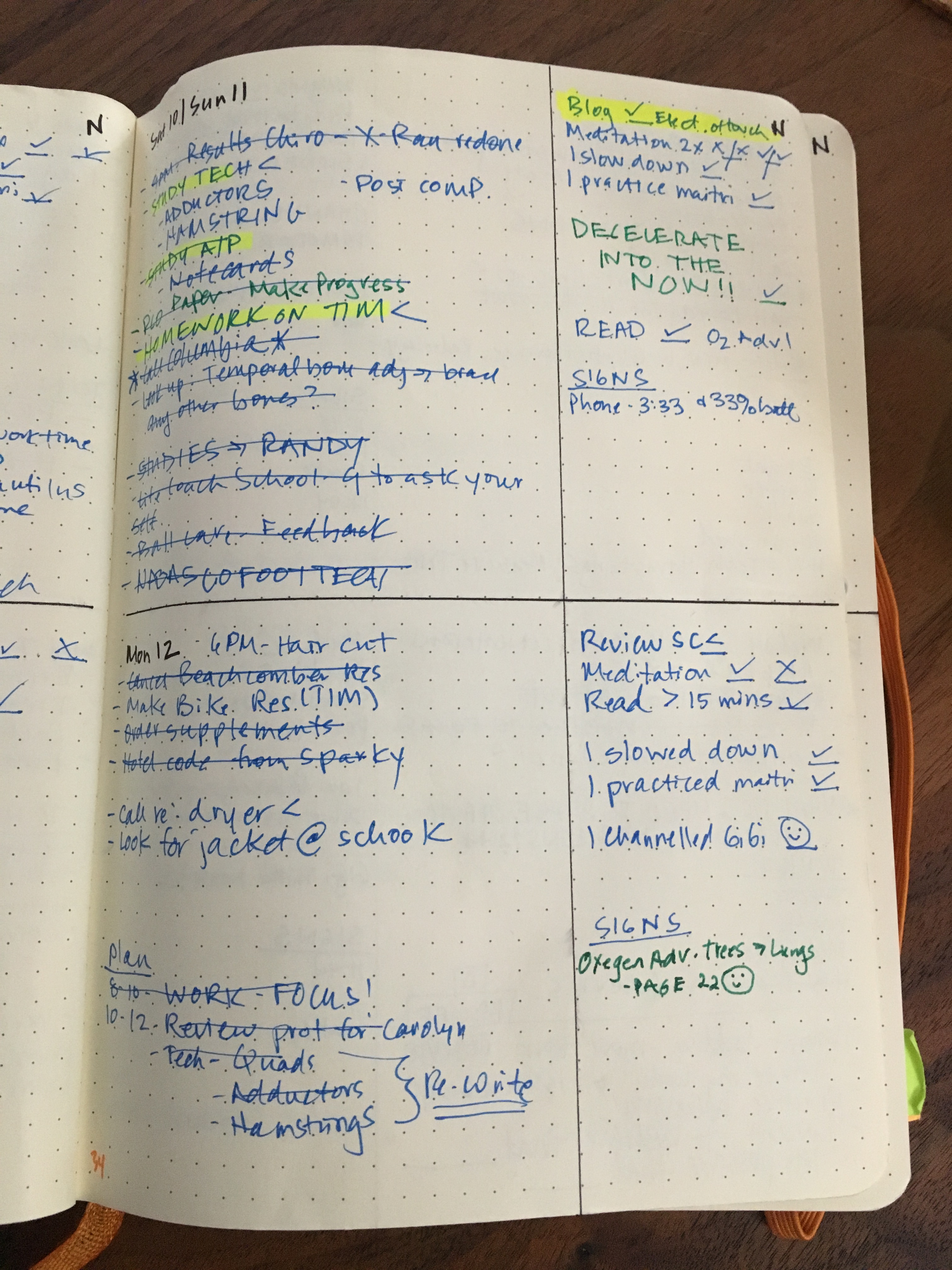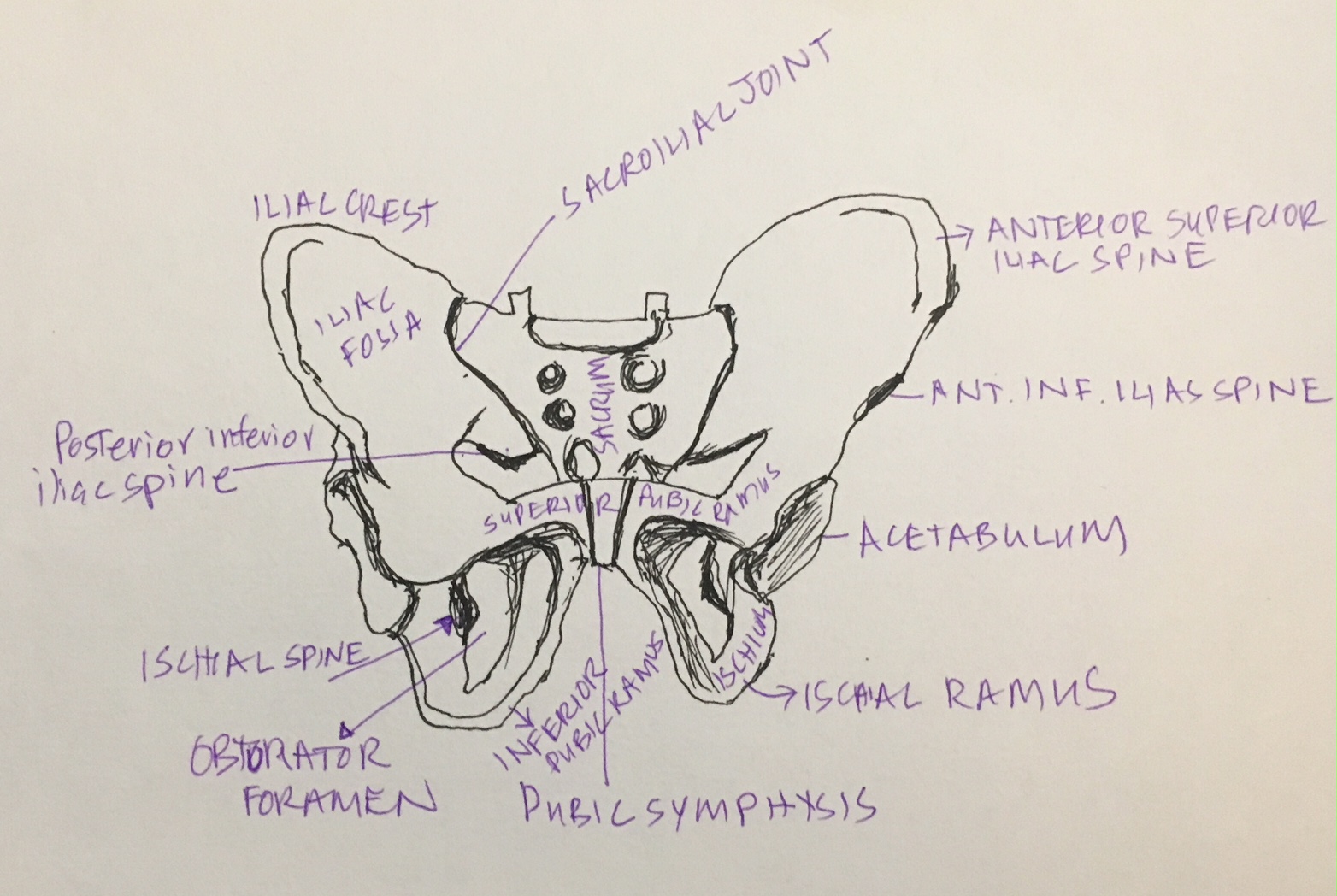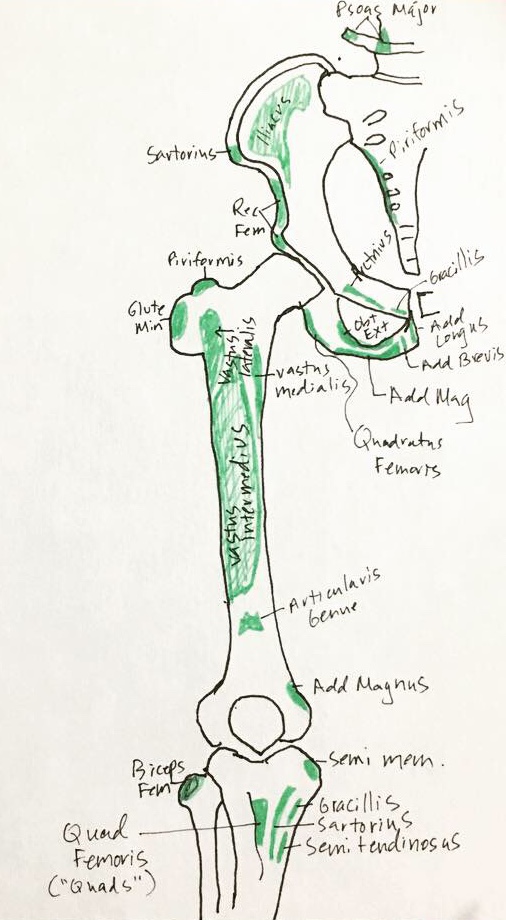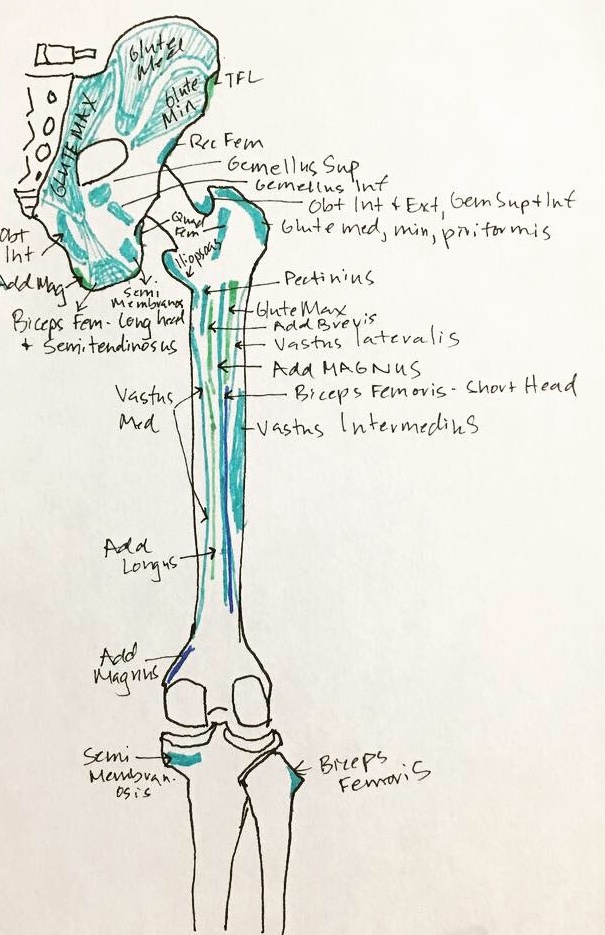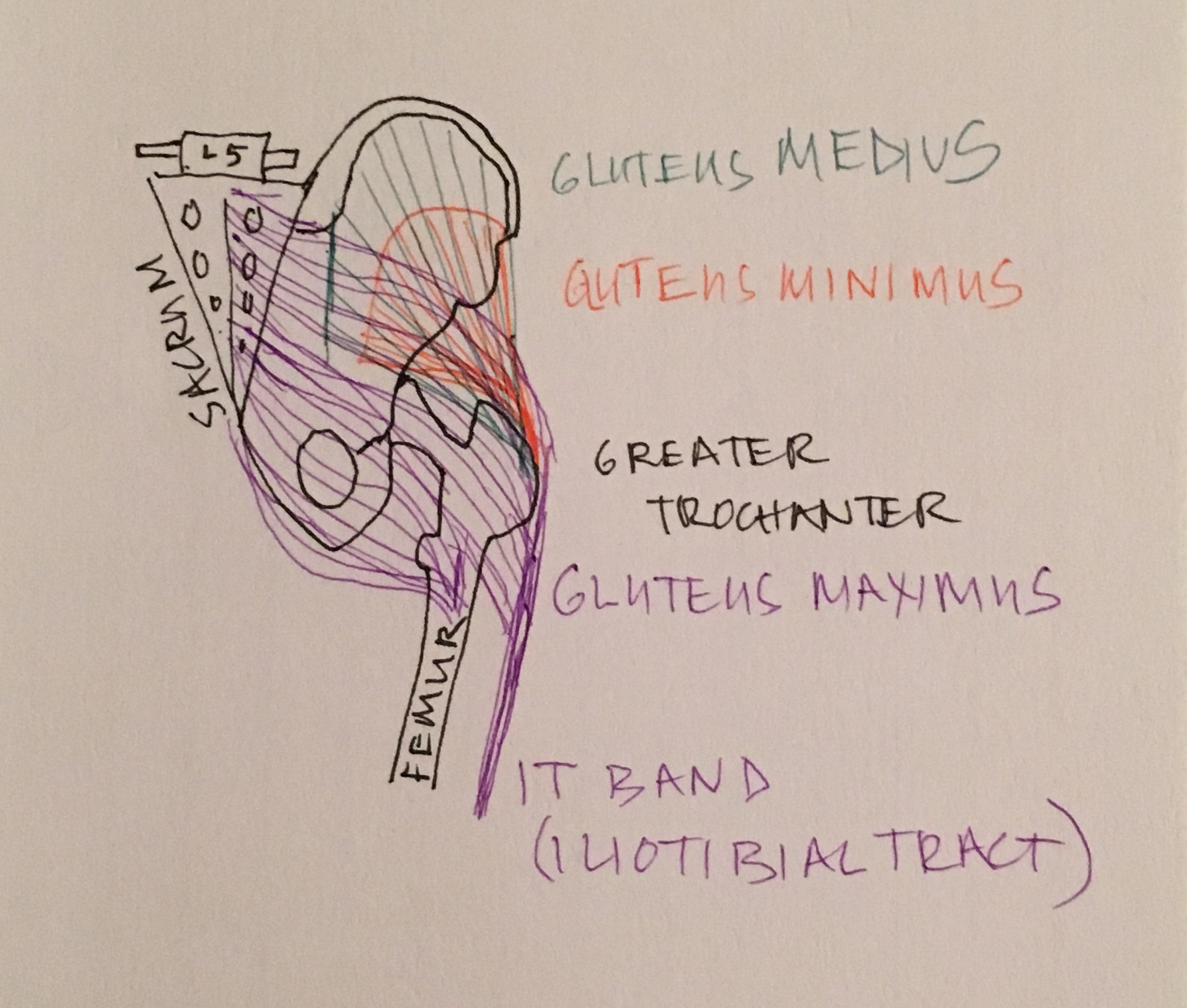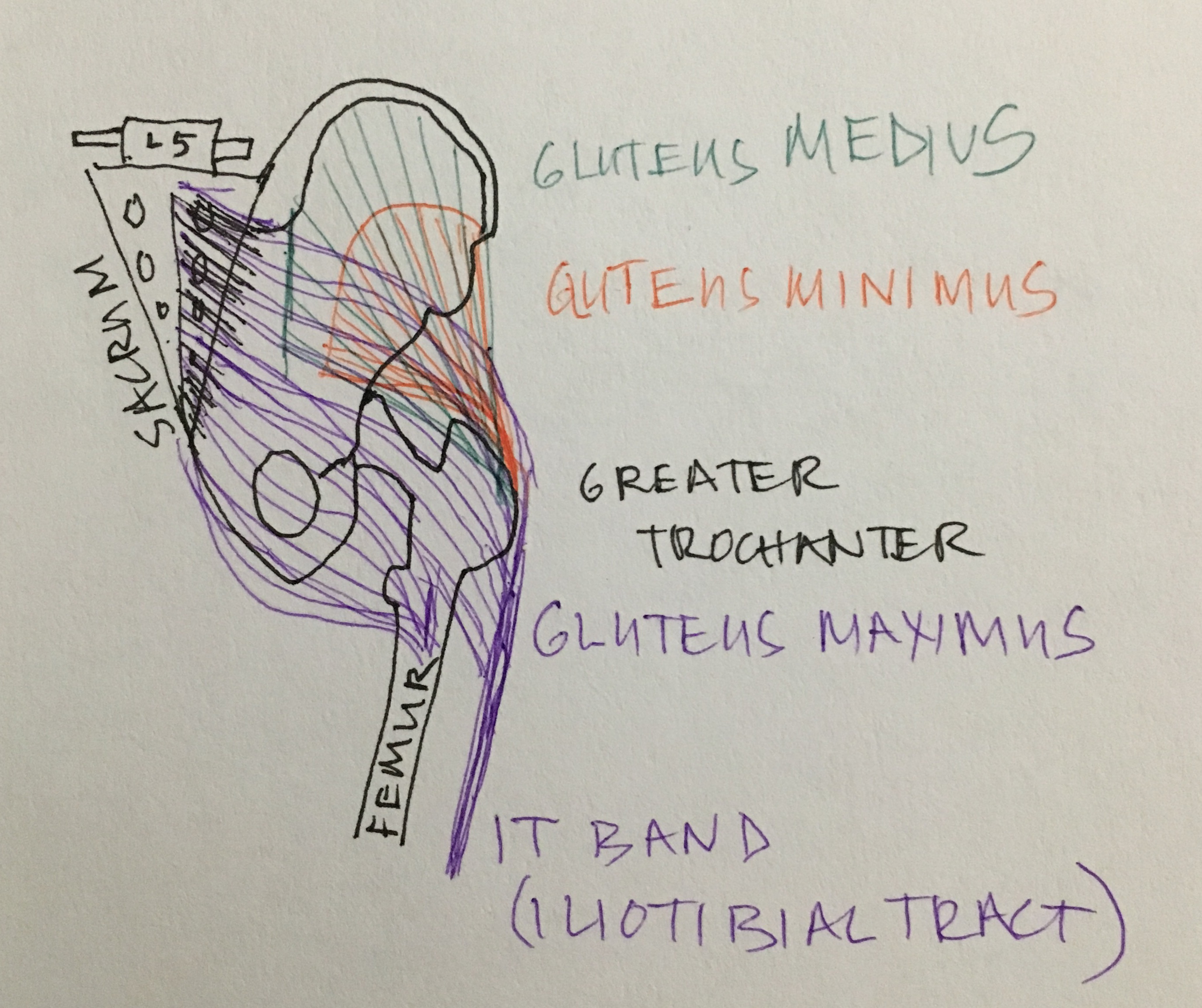Do you harbor an idea that there is something wrong with you? Have you been on a hamster wheel of trying to better yourself to be worthy of love/acceptance? How might your life look different if you believed that there was nothing wrong with you and nothing to be fixed?
I am taking an 8 week workshop called Remind with Betsy Rippentrop at Heartland Yoga in Iowa City, and these questions were provided as part of our homework this week. I am reading, “Yoga Therapy as a Creative Response to Pain,” and the sentiment of “You are complete and whole as is” is reinforced in this beautiful book as well.
If you felt that you were whole, complete as is, how would your life change? How would you feel if you were told that you ARE complete? You were born complete – no need to prove yourself. No need to push and strive and do things you hate, just to impress others or because you felt as if it’s what you “should do.”
I almost can’t wrap my little brain around that concept.
But I think – I think what I would do – if I were whole, complete, as is, I would just do what I really ENJOY doing. I would do what makes me happy, what makes me lose track of time.
And what I really enjoy doing, is learning. Well, learning, and then sharing what I learn with others. Sharing an idea, or a practice, or a perspective that opens up space in another for new opportunity, a new way of being, space to explore – that is what I really love.
And that gets me to the point of this post – I am in the process of changing my business name to Space to Be Human. Honestly this year has tossed a lot of my goals, plans, and drive to execute on their heads! BUT, the important thing is to keep moving forward, enjoy the process, and trust that things will work out the way that they are supposed to work out.
So, all that is to say, if someday, you wake up and try to book a session with me, and Suddenly! my website and booking software say, “Space to be Human” instead of “Heather Longoria Bodywork & Yoga,” do not be alarmed. It is all legit. I’ll explain my rationale for the name (which I am 100% totally in love with) in the next post.
In the meantime, I recommend getting some paper, a fun pen, setting the timer for 10 minutes, and writing out your own response to the opening questions. I would love to hear what you come up with.
Love, Hlo.

